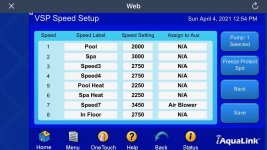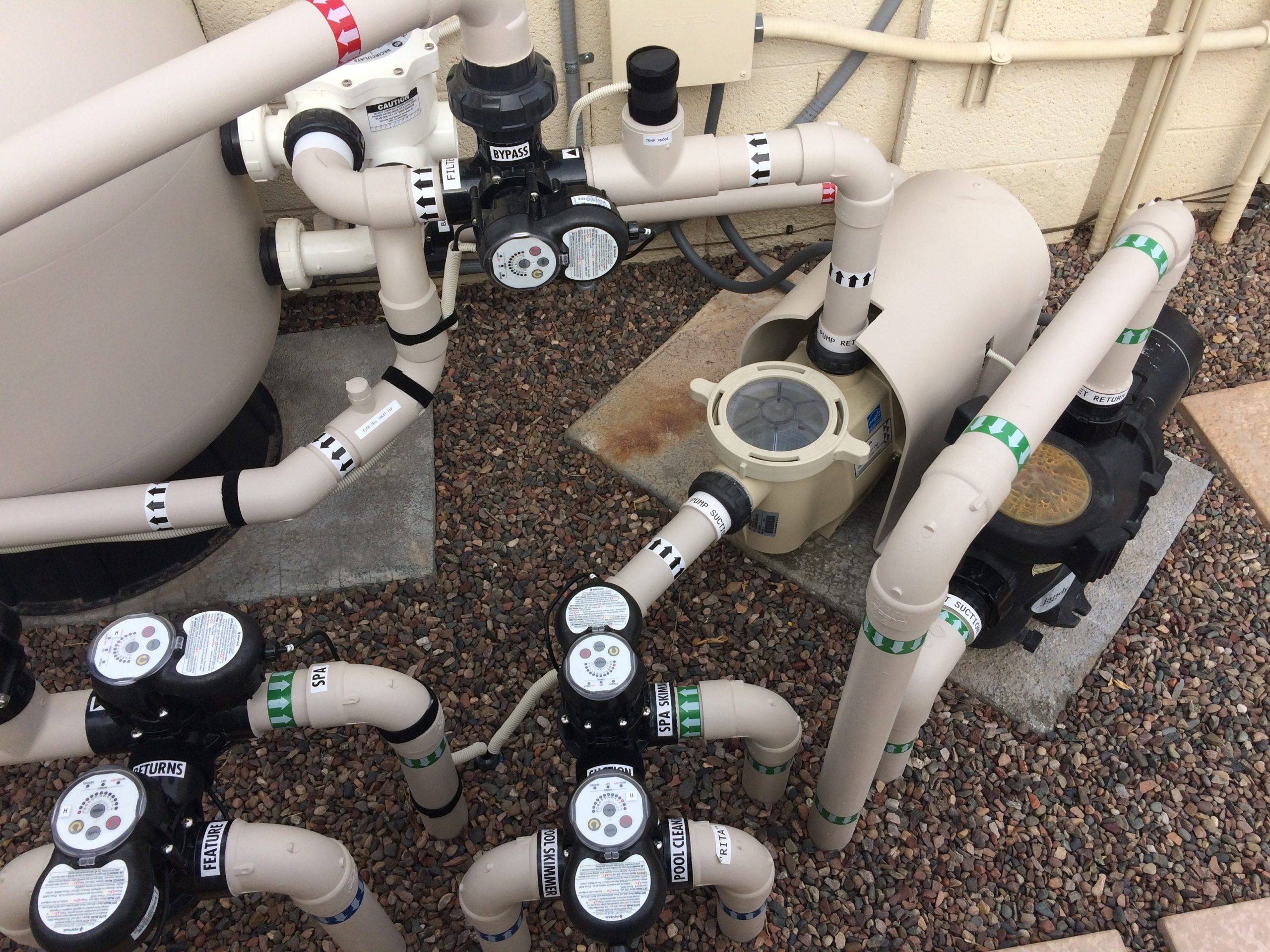You're going to want to put all of your pool details in your signature block.
Speed to run your pool and spa ... check your SWG's manual (you didn't list the details on your SWG). For Pentairs, the manual states that the minimum flow is supposed to be a minimum of 25GPM. I don't know what RPM that will translate to for your pump.
Daily run time is very much dependent on the individual pool. The general rule of thumb that I've read in the past (I don't know if this is an outdated concept) is to turn over the water at least twice daily. So for a 10K gallon pool and running one's pump at 25GPM, the minimum run time would be 800 minutes or 13 hrs 20 min per day. Again, I don't know if this is an outdated concept.
And since you've got a SWG, you need to figure out how much you need to run the SWG daily in order to maintain your desired chlorine level. Keep in mind that a pool's chlorine demand varies significantly depending on time of year and pool usage so don't plan on running it the same amount year round.
Since it's easier to lower your chlorine level by dialing down a SWG than to raise your chlorine level, I'd recommend you start out at 100% chlorine output with the pump running 24 hrs daily. Check your FC levels and when it gets a bit high, reduce the number of hours daily until you get your FC level stable where you want it. Once you've got that dialed in, you can vary your SWG output and pump usage to whatever combination you like. For instance, running the pump for 12 hrs daily at 50% SWG output is the same as 24 hrs daily and 25% SWG output for chlorine production.
I don't know how to calculate gas usage for heating the pool or spa. I heat my spa all of the time and don't worry about the cost. My house's gas bill is still under $100/mo so I don't worry about it. If you are going to heat the pool and/or spa regularly, you are going to want to get a cover for your pool/spa. They really help reduce heat loss.




